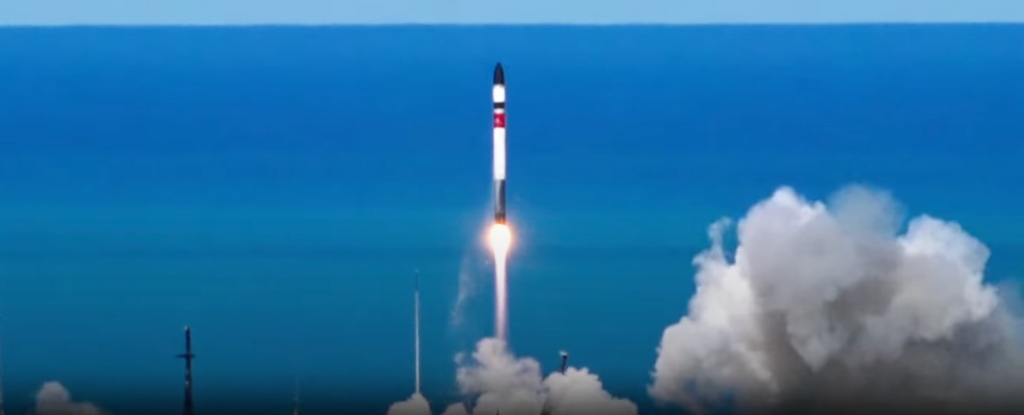
Solar sails are an enigmatic and majestic way to travel across the gulf of space.
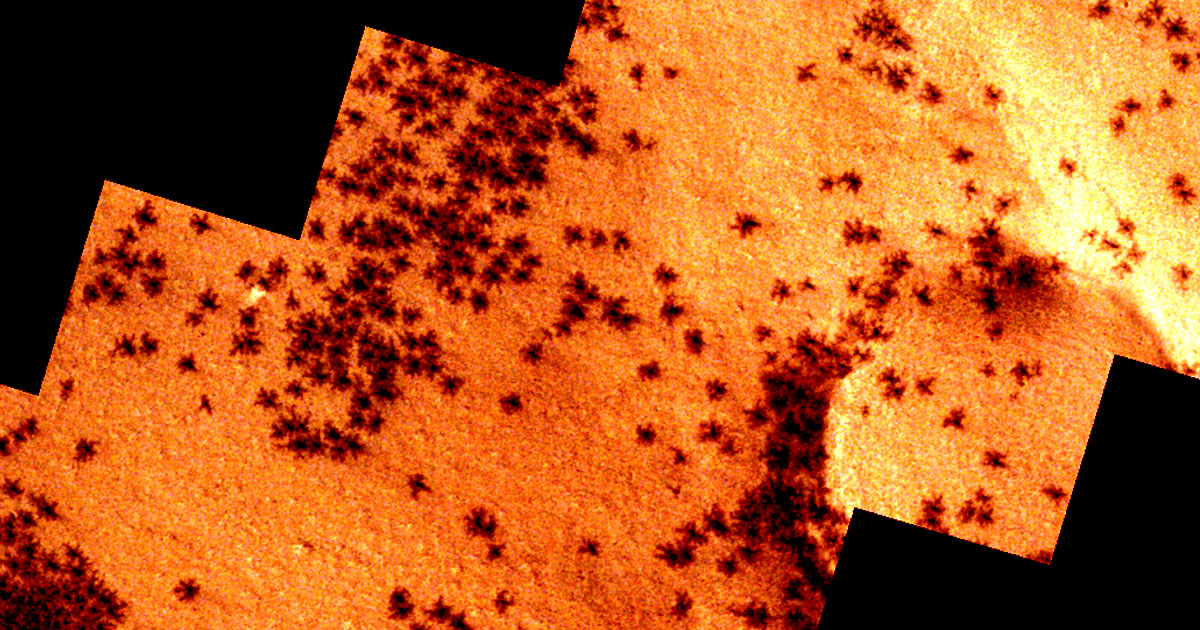
These so called "spiders" are the result of a complex geological process that causes carbon dioxide to sublimate, digging up darker material from below the surface during the planet's spring.
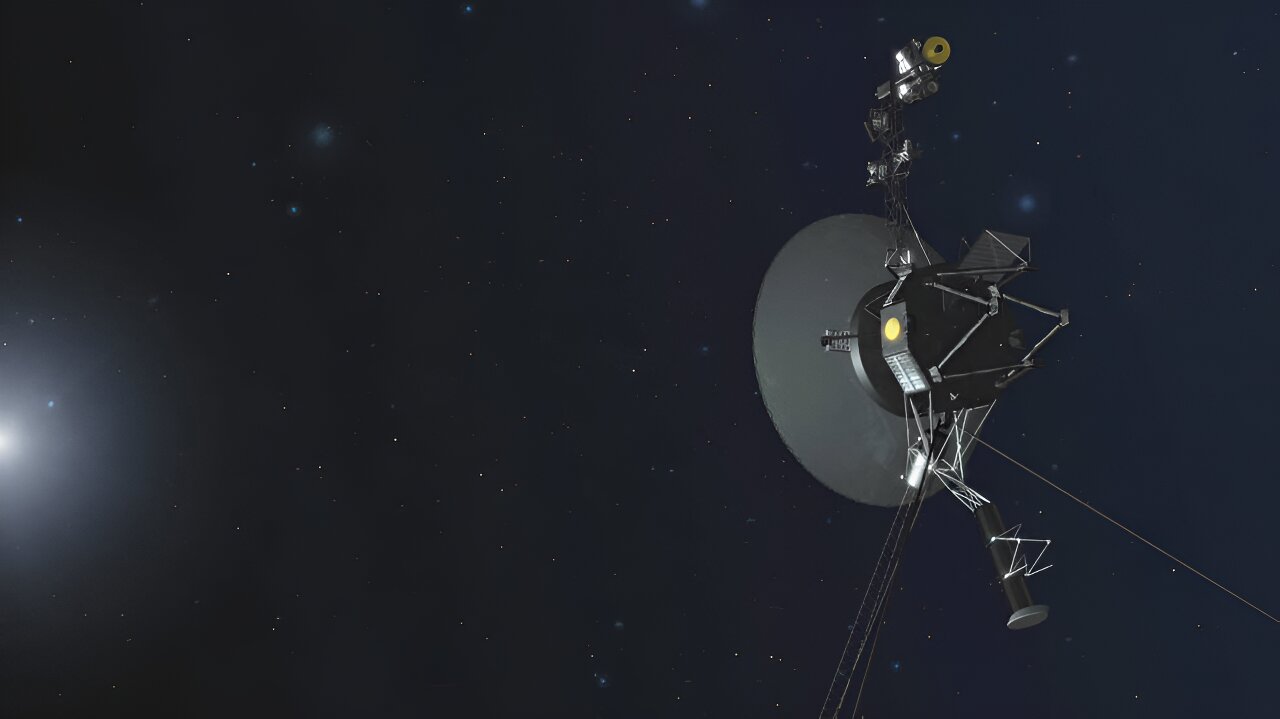
The most distant spacecraft from Earth stopped sending back understandable data last November. NASA's Jet Propulsion Laboratory declared success after receiving good engineering updates late last week.
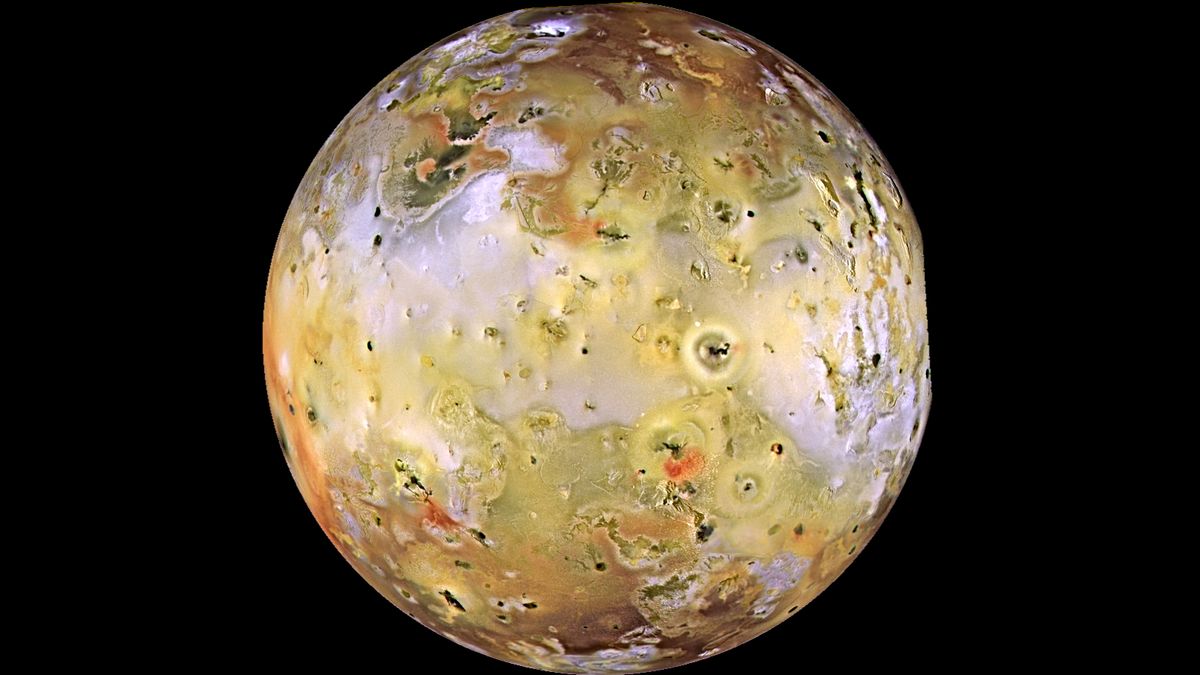
Imagery from the solar-powered spacecraft provides close-ups of intriguing features on the hellish Jovian moon.

Exoplanet TOI-6713.01 experiences 10 million times more tidal energy than Io, resulting in a 2,300 degrees Celsius surface temperature. This means the planet literally glows at optical wavelengths.

469219 Kamo’oalewa as a near-Earth asteroid and a quasi-satellite to Earth. However, in 2021, astronomers using spectroscopy revealed that Kamo’oalewa might in fact be a piece of the moon.

Purple bacteria is one of the primary contenders for life that could dominate a variety of Earth-like planets orbiting different stars, and would produce a distinctive "light fingerprint," Cornell scientists report.

Not only does God play dice, that great big casino of quantum physics could have far more rooms than we ever imagined. An infinite number more, in fact.
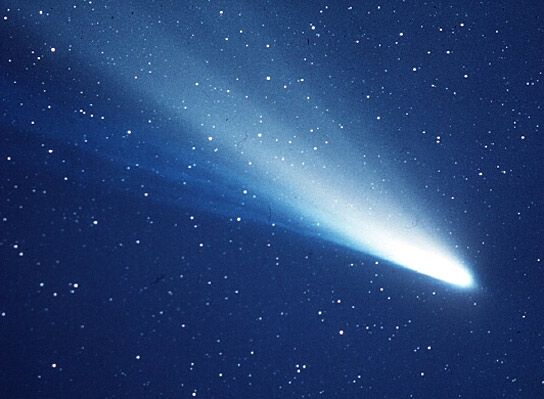
A new study aimed at answering the latter question finds that some building blocks didn’t need to have formed on Earth, but could have arrived from space.
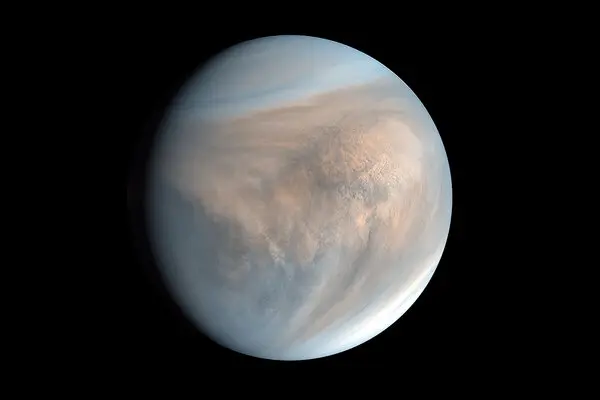
BepiColombo made two flybys of Venus on its journey to Mercury. The spacecraft found carbon and oxygen escaping into space in a previously unexplored region of Venus’ magnetosphere.

NASA has given the green light for the nuclear-powered v rotorcraft to explore Saturn's largest moon, Titan. Approval for the 2028 interplanetary mission comes after years of delay due to COVID-19 and a series of cost overruns.

Remarkably, SpaceX has launched a Falcon 9 rocket almost every day over the last week.

Ceres, the largest asteroid in our solar system, harbors a dark secret: extremely young ice deposits in permanently shadowed craters near its poles.

The experts attribute the formation of the unique heart-shaped terrain to a colossal oblique-angle collision with a celestial body approximately 700 kilometers in diameter – roughly twice the size of Switzerland from east to west.

Tardigrades dramatically increase expression of certain DNA repair transcripts in response to ionizing radiation.